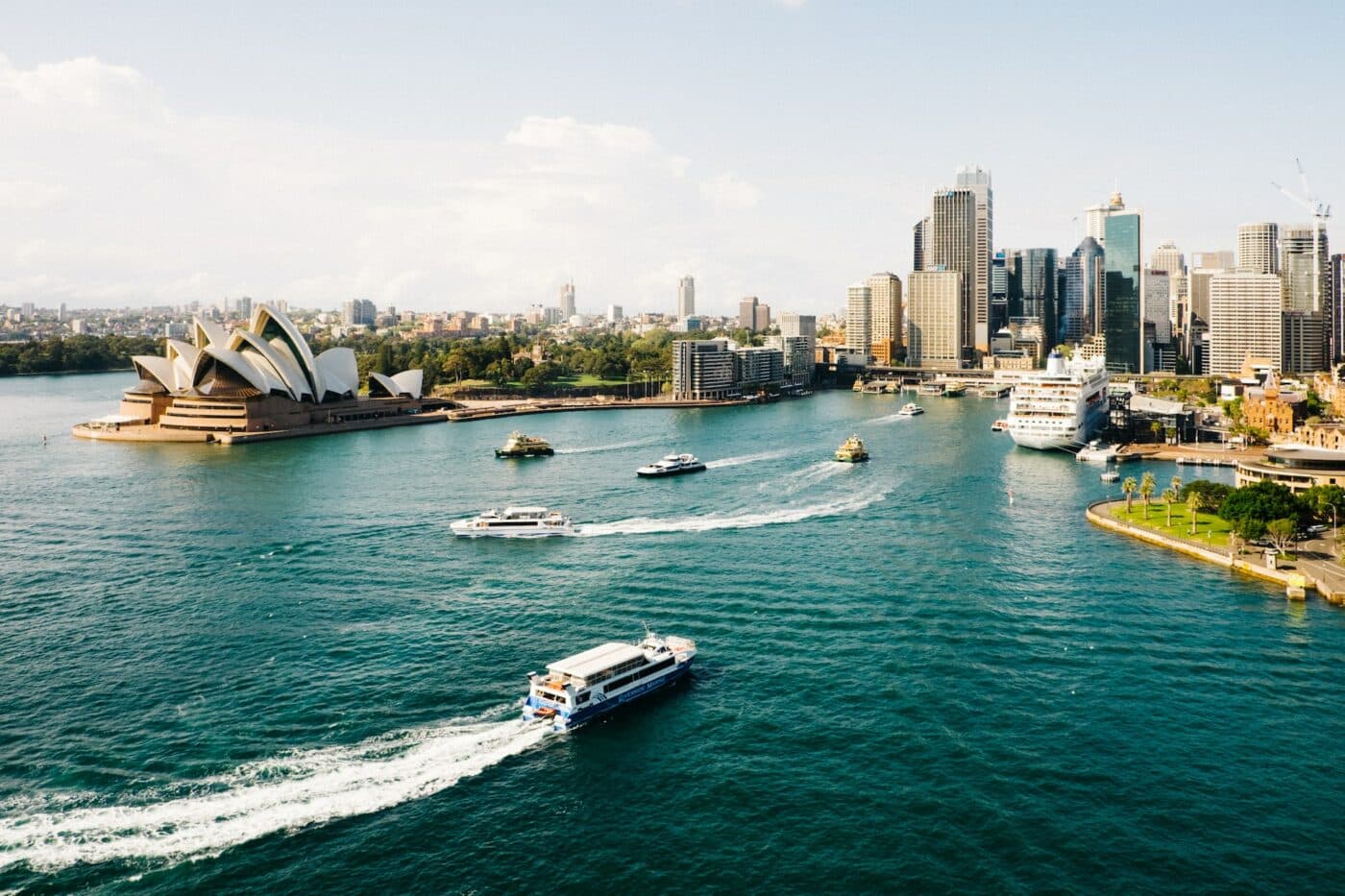
Australia’s Extreme Summer Weather: A Tale of Two Climates. Australia is showcasing its climatic extremes as it enters the New Year’s holiday weekend. The northern and western parts of the country are bracing for a searing heatwave, with temperatures poised to soar past 45 degrees Celsius (113°F). This intense heat contrasts starkly with the eastern regions, where severe thunderstorms are forecasted. The varied weather highlights the distinct environmental challenges faced across different parts of the country.
The Unpredictable Australian Summer: Cyclones to Heatwaves

Australia’s current extreme weather scenario is shaped by the El Niño phenomenon. It is known to bring above average temperatures and various weather extremes. These include droughts and wildfires. The nation is now facing another environmental extreme. This is due to the recent devastation caused by Cyclone Jasper and a series of extreme weather events. These varying conditions emphasize the unpredictable nature of the Australian summer, posing challenges for both residents and authorities.
Scorching Heat in Marble Bar and Queensland

In the heart of Australia’s extreme summer weather, Marble Bar in Western Australia is expecting temperatures to reach a staggering 49°C (120.2°F). The small town is famous for its mining history. It will experience one of the highest temperatures ever recorded in the region. Similarly, Queensland’s outback towns of Longreach and Julia Creek are bracing for a weekend of extreme heat. Forecasters are predicting temperatures of around 47C. These conditions not only affect daily life but also pose significant health risks.
Sydney’s Mild Weather Amidst Extremes

For travelers and residents in Sydney, the weather outlook offers a respite from the extreme conditions. The rest of the country grapples with either scorching heat or severe thunderstorms, while Sydney expects to experience a comparatively mild and cloudy weather pattern. This is particularly reassuring for those looking forward to the city’s renowned New Year’s Eve fireworks display, which is a major attraction for both locals and tourists.
Nighttime Heat in the Northern Territory
The extreme summer weather in Australia extends into the night, especially in the Northern Territory, where nighttime temperatures are expected to remain in the low 30s. This unusual heat during the night poses unique challenges, disrupting sleep patterns and leading to increased discomfort. The persistent high temperatures also increase the demand for energy as residents seek ways to cool down, further straining the local infrastructure.
Heightened Bushfire Risks

The heatwave has escalated bushfire risks in several Australian regions. Authorities have imposed total fire bans in vulnerable areas as a precautionary measure. These bans are essential for preventing the ignition of new fires, which could quickly become unmanageable under the current dry and hot conditions. Community awareness and preparedness are key in mitigating the risks and impacts of potential bushfires during this period of extreme weather.
Thunderstorms in Eastern Australia
While the west faces a heatwave, eastern Australia prepares for a different challenge with the forecast of thunderstorms. These storms are expected to bring heavy rainfall, strong winds, and even the possibility of hail. The severe weather conditions could lead to localized flooding and disrupt outdoor activities planned for the holiday weekend. Meteorologists are closely monitoring these systems to provide timely updates and warnings.

Embracing Australia’s Weather Diversity (image credit: unsplash)
Conclusion: Australia Extreme Weather
Australia’s extreme summer weather, characterized by both heatwaves and thunderstorms, underscores the country’s diverse and dynamic climate. From the scorching heat in the west to the stormy conditions in the east, and the milder climate in Sydney, Australia offers a range of weather experiences. As residents and travelers navigate these conditions, the country’s resilience and adaptability to its ever-changing environment are vividly displayed.
For more detailed weather updates and forecasts, visit the Bureau of Meteorology’s website.
- 7 Nations That Have Gone Completely Cashless - June 30, 2025
- 10 Surprising Facts About the Amazon Rainforest - June 30, 2025
- The Ultimate Foodie’s Guide to Traveling the U.S. - June 27, 2025

Matthias Binder is a skilled author and digital storyteller with a focus on travel journalism, environmental issues, and modern home design. With a background in communications and a passion for global cultures, Matthias crafts engaging narratives that blend real-world exploration with thoughtful analysis and visual flair.
His writing reflects a deep interest in how climate change shapes our lives and lifestyles—from sustainable travel practices to eco-friendly living environments. Known for his clear, approachable voice and sharp editorial instincts, Matthias delivers content that resonates with readers seeking both inspiration and substance.
Whether reporting from remote destinations, breaking down sustainable design trends, or spotlighting innovative green initiatives, Matthias brings a global perspective and an eye for detail to every piece. He regularly contributes to web platforms and editorial projects that aim to foster awareness, creativity, and conscious living.
For any feedback message me at [email protected]
